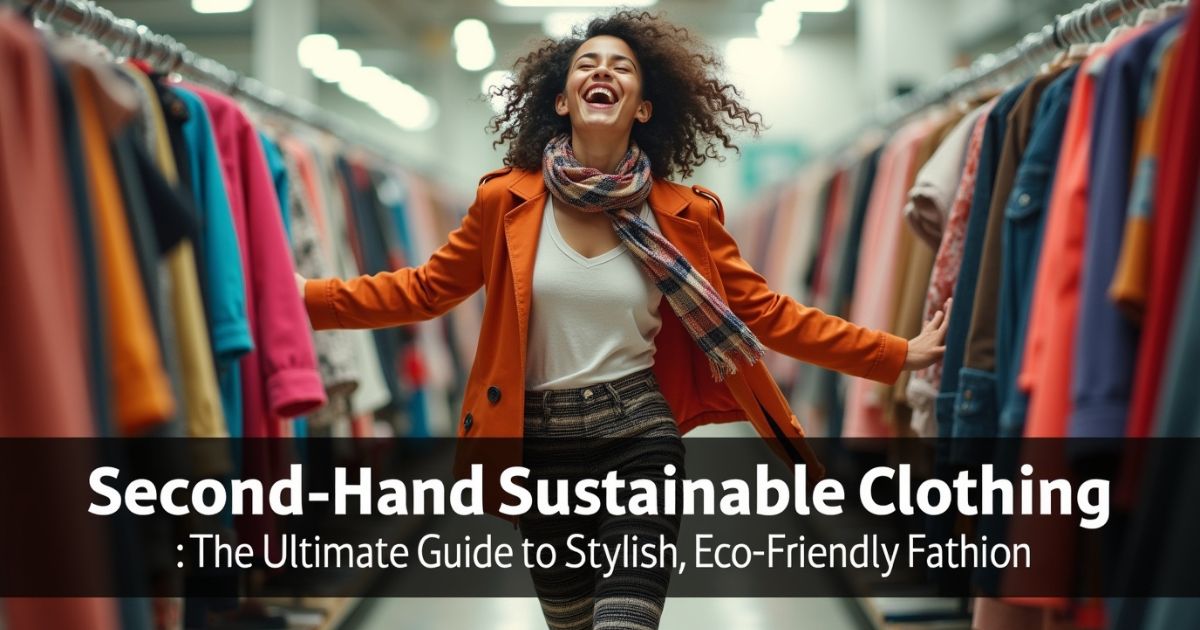More Than Just a Trend
Let’s be real. We all love the feeling of a new outfit. But what if you could get that thrill, look incredible, save a ton of money, and feel genuinely good about your purchase? That’s the magic of second-hand sustainable clothing.
This isn’t your grandma’s thrifting. We’re talking about a conscious movement that’s reshaping the fashion industry. Choosing second-hand sustainable clothing is a powerful statement. It’s a vote against fast fashion’s wasteful practices and a step towards a more personal, expressive, and responsible way of dressing. If you’ve ever been curious about where to start, you’ve come to the right place. This guide will walk you through everything you need to know to become a savvy shopper and a champion for a more sustainable future.
Why Second-Hand Sustainable Clothing is a Game-Changer
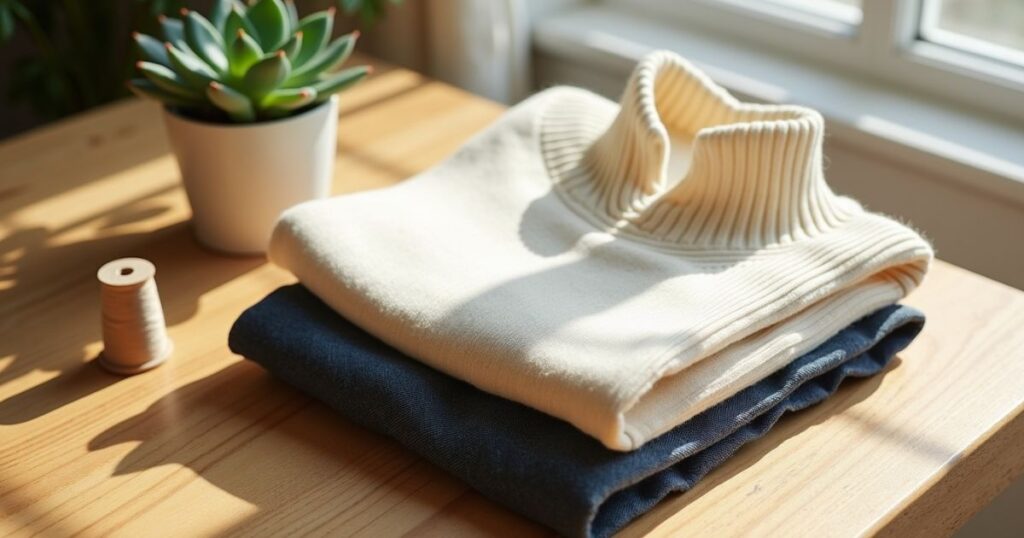
So, why all the buzz? It’s simple: the benefits are massive, touching everything from the health of our planet to the health of your bank account.
2.1. The Environmental Impact: Saving the Planet, One Garment at a Time
The conventional fashion industry is one of the biggest polluters on the planet. The facts are staggering. According to the Environmental Protection Agency (EPA), millions of tons of textile waste end up in landfills every year. When you choose second-hand sustainable clothing, you are directly combating this problem.
- Reduces Waste: You’re giving a pre-loved item a new life, keeping it out of a landfill.
- Saves Resources: Every pair of jeans or t-shirt you buy second-hand eliminates the need to produce a new one. This saves thousands of gallons of water, reduces the use of harmful pesticides (in conventional cotton farming), and cuts down on carbon emissions from manufacturing and transportation.
- Lowers Your Carbon Footprint: The production of new clothing has a huge carbon footprint. By extending the life of clothing, you’re significantly reducing your personal fashion-related emissions.
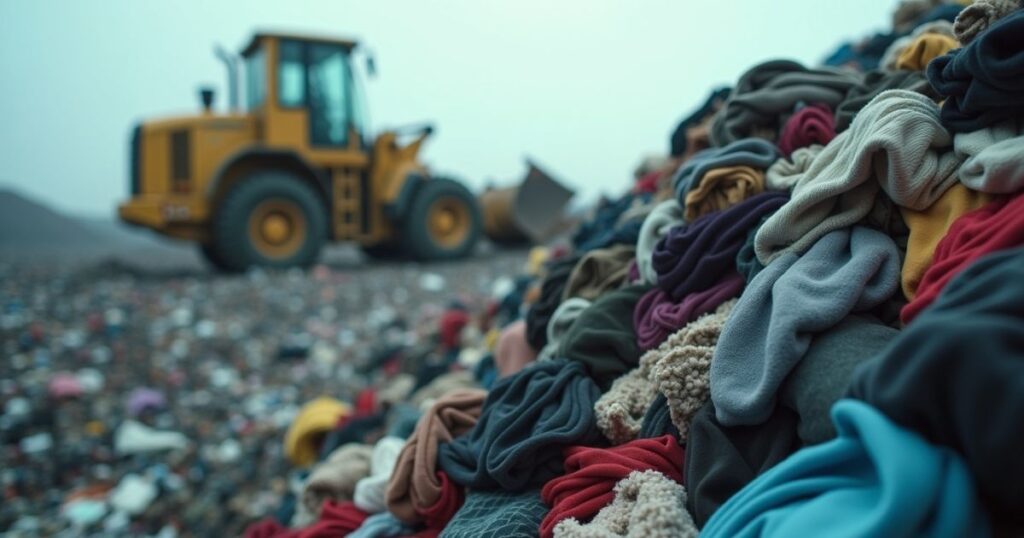
2.2. The Wallet-Friendly Factor: High Fashion on a Budget
This is a benefit you’ll feel immediately. Secondhand sustainable clothing is famously easy on your wallet. You can often find high-quality, brand-name items for a fraction of their original retail price. This opens up a world of possibilities:
- Experiment with Style: Always wanted to try a bold pattern or a different silhouette? Thrifting allows you to experiment without a major financial commitment.
- Affordable Quality: You can afford natural fibers like 100% cotton, silk, wool, and linen that might be out of your price range if bought new.
- Designer Deals: Consignment shops and online platforms are goldmines for finding luxury and designer labels at deeply discounted prices.
2.3. The Uniqueness Quotient: Find Your Signature Style
In a world of fast fashion, where everyone is buying the same mass-produced pieces from the same few stores, second-hand sustainable clothing is your ticket to a truly unique wardrobe. You won’t see anyone else at a party wearing your unique vintage dress or your perfectly broken-in leather jacket. Thrifting allows you to curate a style that is 100% you, telling a story through pieces you won’t find anywhere else.
Your Roadmap to Finding Amazing Second-Hand Sustainable Clothing
Ready to dive in? Here’s where the fun begins. There are more avenues for finding second-hand sustainable clothing than ever before.
3.1. Thrift Stores 101: Navigating the Treasure Hunt
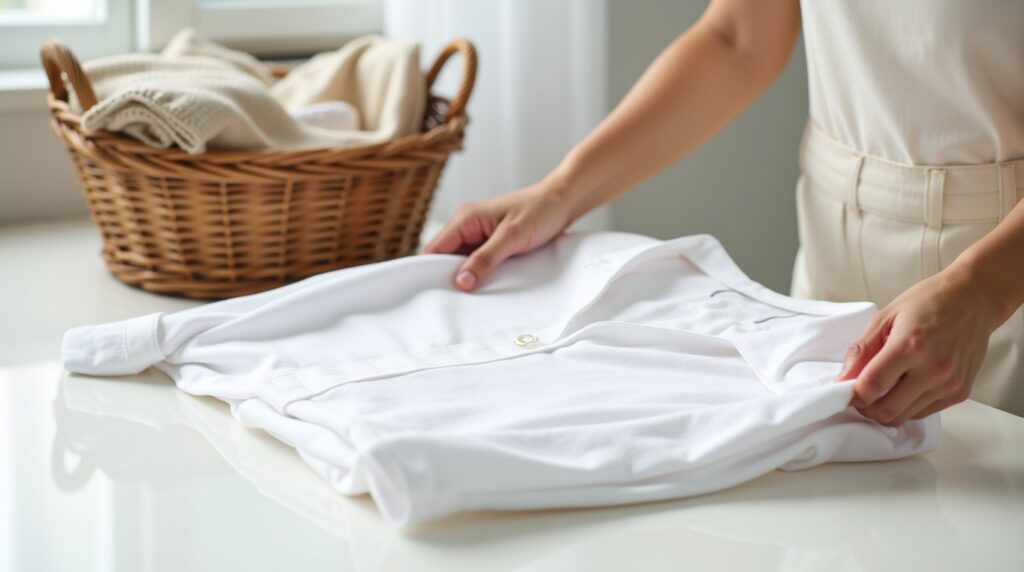
Think of places like Goodwill, Salvation Army, and local independent thrift stores. This is the classic thrifting experience. It can be overwhelming, but with a strategy, it’s incredibly rewarding.
- The Mindset: Go in with patience and an open mind. You’re on a treasure hunt, not a targeted mission.
- The Strategy: Don’t just browse by size. Scan the entire rack for colors, patterns, and fabrics you’re drawn to. Always check the fabric content label!
- Timing: Many regulars swear by specific days for new stock drops—ask an employee when they typically restock.
3.2. Consignment Shops: Curated Quality
Consignment shops are a step up in curation. They are typically more selective about the items they accept, focusing on higher-quality, brand-name, or contemporary styles. Because of this, prices are a bit higher than at a thrift store, but the shopping experience is often more streamlined and the quality is more consistent. This is a fantastic place to start if the chaos of a large thrift store feels intimidating.
3.3. Online Powerhouses: Thrifting from Your Couch

The digital revolution has transformed thrifting. Now, you can access a global inventory of second-hand sustainable clothing without leaving your home.
- ThredUP: Often called the world’s largest online thrift store. It’s incredibly user-friendly, with detailed filtering options for size, brand, condition, and price. It’s a great starting point for beginners.
- Poshmark: This platform is more social, functioning like a cross between a marketplace and a social network. You can buy from and interact with individual sellers. It’s excellent for specific brands and negotiating prices.
- Depop: Very popular with a younger, trend-focused crowd. If you’re looking for Y2K, vintage, or unique streetwear, this is your spot.
- The RealReal: Specializes in authenticated luxury consignment. If you’re hunting for investment-piece handbags, designer dresses, or fine jewelry, this is a trusted source.
3.4. Community Swaps: The Free and Social Option
Pro Tips for a Successful Second-Hand Haul
To move from a novice to a pro, keep these tips in mind.
4.1. Have a Plan, But Stay Open-Minded
It helps to have a loose idea of what you’re looking for—maybe “a neutral-colored cardigan” or “high-waisted jeans.” This prevents you from getting overwhelmed. However, the joy of thrifting is the serendipity. Be open to pieces that surprise you!
4.2. The Quality Check: What to Look For
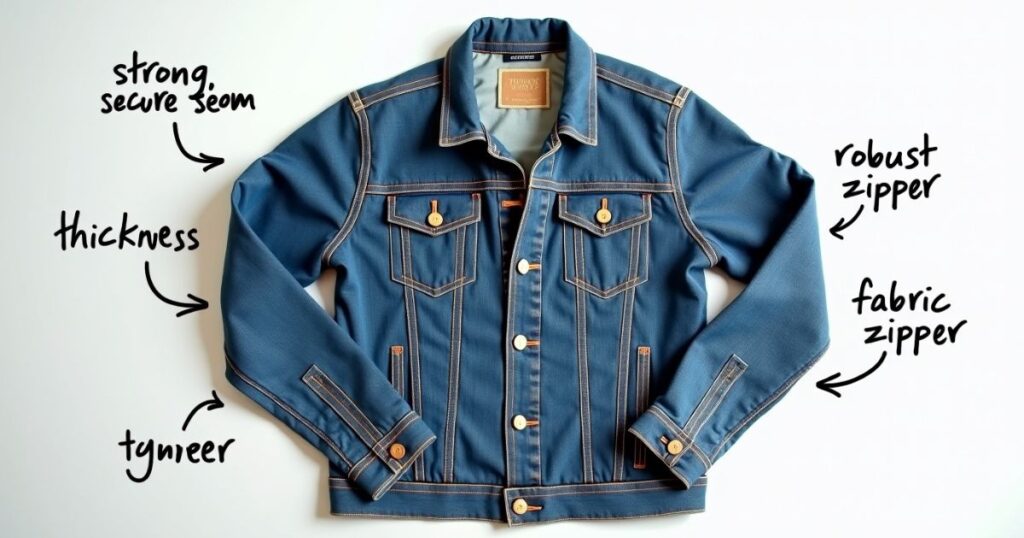
Always inspect items carefully. Check the seams for strength, look for stains (especially under the arms), and check zippers and buttons to make sure they work. Be wary of significant damage like rips or permanent stains, unless it’s something you’re confident you can repair.
4.3. Think About Alterations
A common reason people pass on great items is fit. Remember that a tailor can be your best friend. A piece with amazing fabric or a perfect pattern that’s just a little too big can often be taken in for a relatively small cost, giving you a custom-fit, unique garment.
Debunking Common Myths About Second-Hand Sustainable Clothing
Let’s clear up some misconceptions.
- Myth 1: It’s dirty or gross. This is the biggest myth. Most second-hand stores have cleaning standards. Furthermore, any item you buy should be washed before you wear it—just like you should wash new clothes from a conventional store before their first wear!
- Myth 2: You can only find outdated clothes. While you will find vintage pieces, you’ll also find plenty of current styles from popular brands. Fast fashion cycles so quickly that last season’s items are already being donated.
- Myth 3: It’s too time-consuming. It can be, but online platforms have solved this. With precise filters, you can find exactly what you want in minutes.
Building a Capsule Wardrobe with Second-Hand Finds
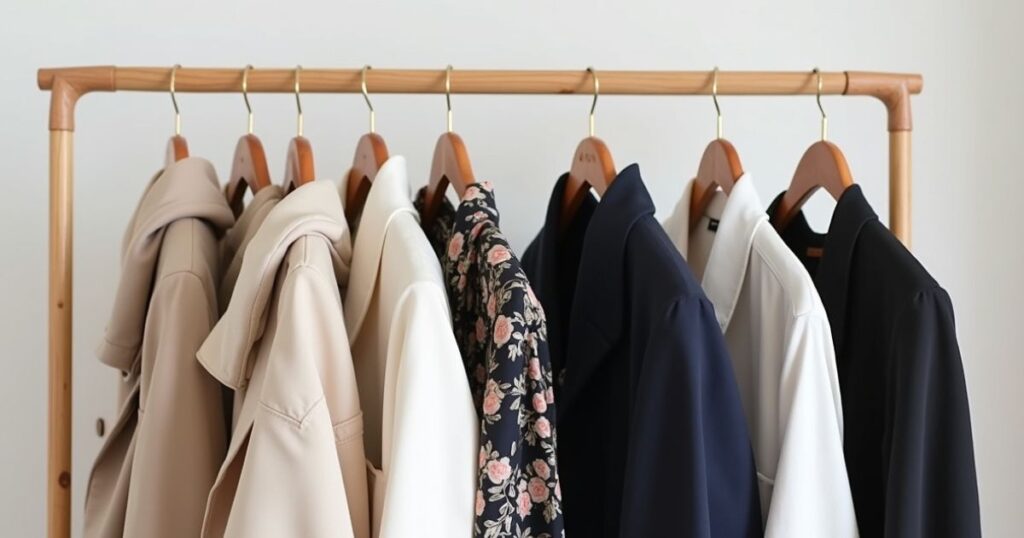
Conclusion: Your Fashion Choices Have Power
Embracing second-hand sustainable clothing is one of the most accessible and impactful ways to make a positive change. It’s a choice that benefits your style, your finances, and the planet. It’s not about being perfect; it’s about making better choices, one pre-loved piece at a time.
So, what are you waiting for? Your next favorite outfit, with a story and a soul, is waiting for you to discover it. Happy thrifting!

